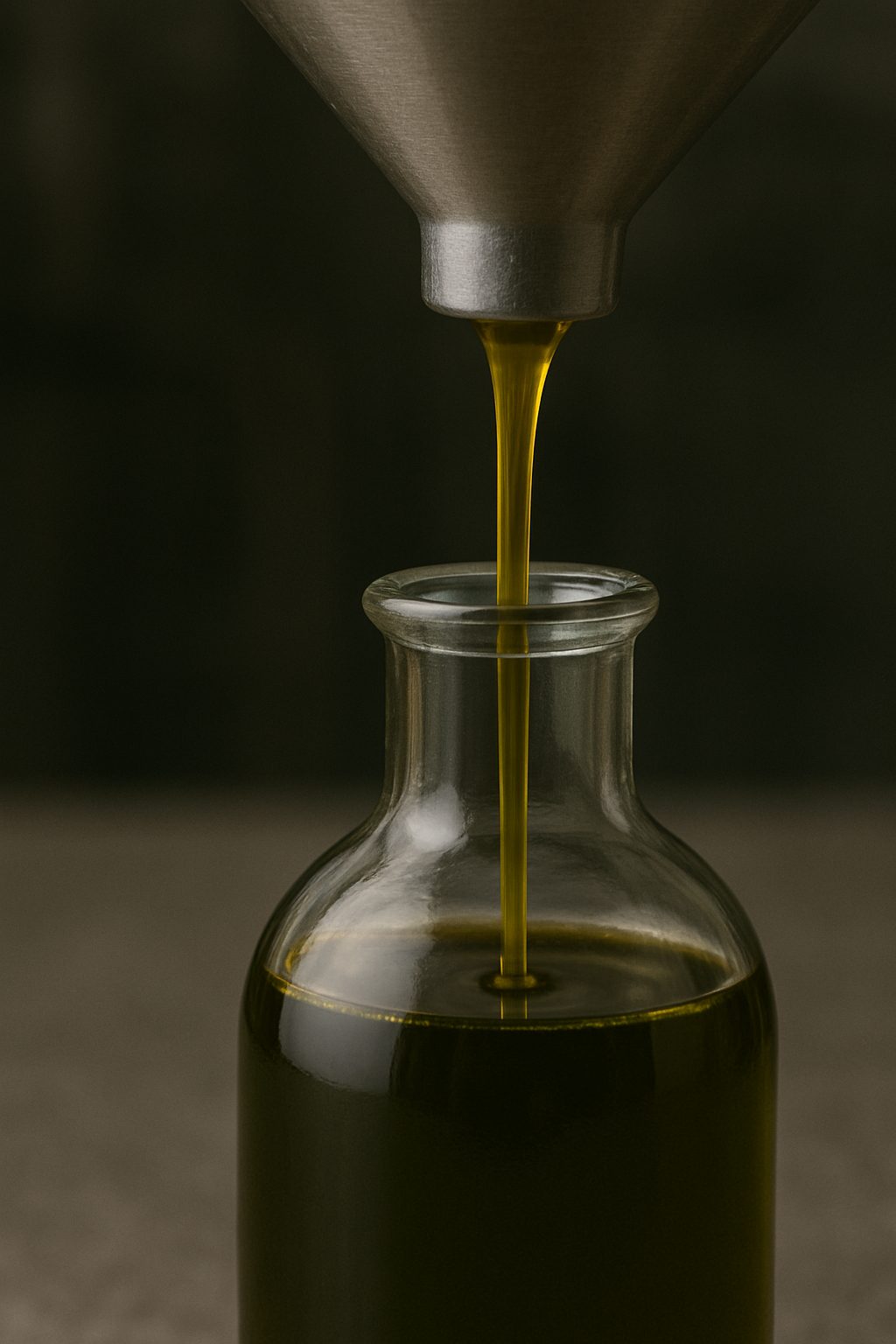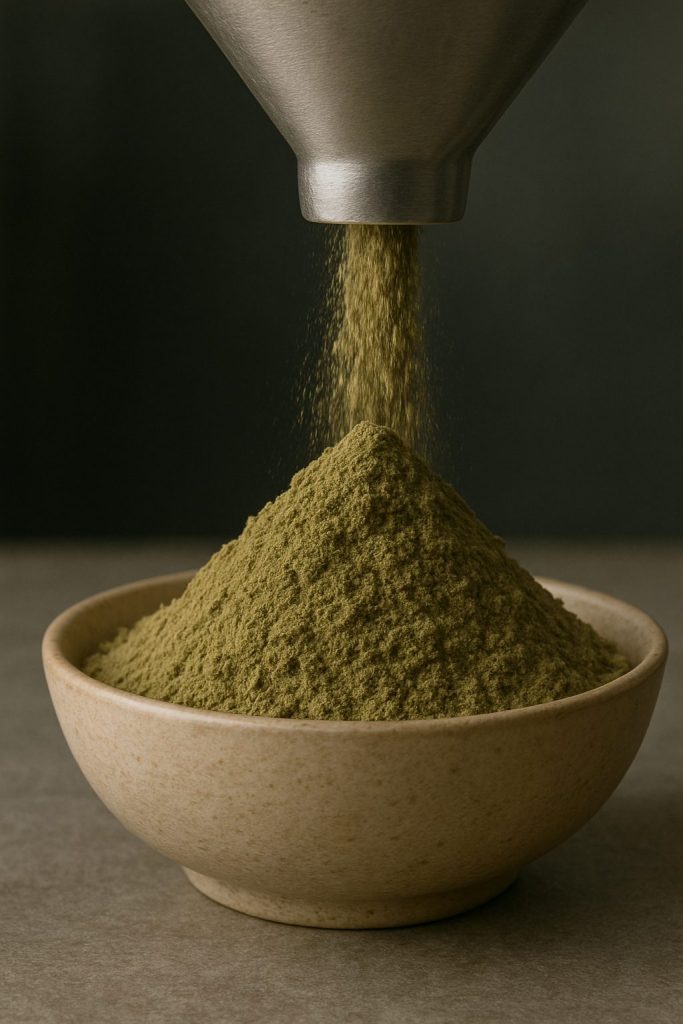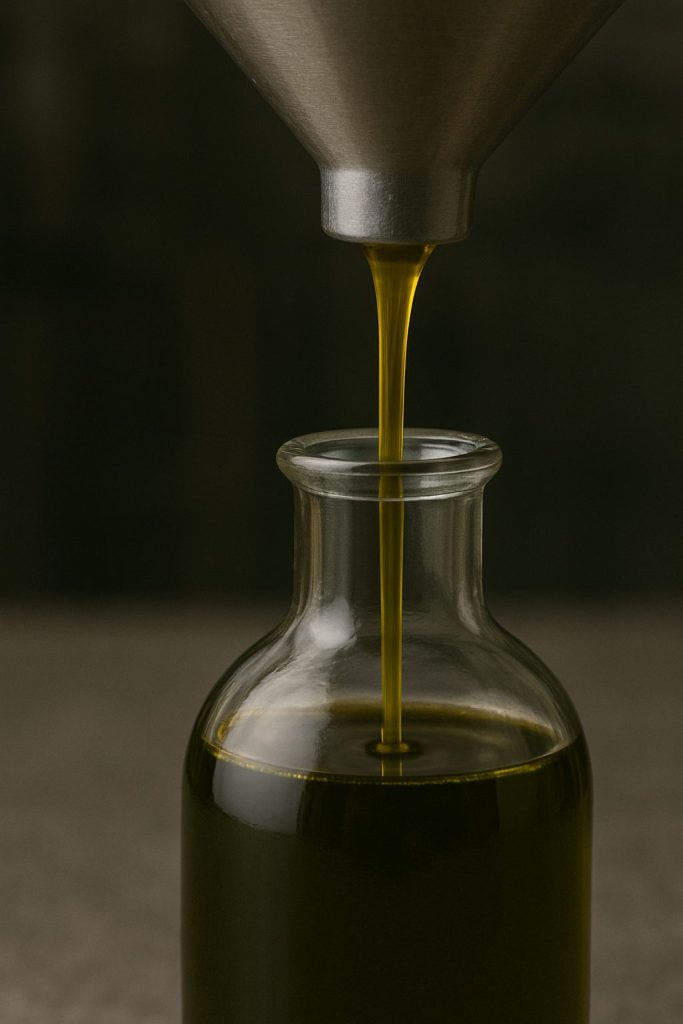


Hemp seeds are a nutritional powerhouse packed with plant-based protein, healthy fats, and essential nutrients. From these small seeds, two valuable products are made: hemp protein powder and hemp seed oil. Though used for different purposes, both products are created through a shared process that emphasizes sustainability and nutrient preservation.
Let’s take a closer look at how hemp seeds are transformed into these two health-boosting staples.
1. Harvesting and Cleaning the Seeds
The journey starts with harvesting mature hemp plants and collecting their seeds. Once harvested, the seeds are thoroughly cleaned to remove dirt, debris, and non-seed material. Clean, high-quality seeds are essential to producing both premium hemp oil and protein powder.
2. Dehulling: Removing the Outer Shell
After cleaning, the seeds are dehulled—a process that removes their tough outer shells. This step improves texture and concentrates the nutritional content. What remains are the hemp hearts, or inner kernels, which are soft, nutty, and packed with nutrients.
3. Cold-Pressing: Extracting the Hemp Seed Oil
The next step is cold-pressing the dehulled seeds to extract hemp seed oil. This mechanical process uses pressure (not heat or chemicals) to draw out the oil while preserving its delicate fatty acid profile. The result is a light green oil rich in omega-3 and omega-6 fatty acids, vitamin E, and antioxidants.
Hemp seed oil is highly versatile—it can be used as a nutritional supplement, a salad dressing ingredient, or a nourishing skincare oil thanks to its anti-inflammatory and moisturizing properties.
4. Creating Hemp Protein Powder from the Pressed Seeds
After the oil is extracted, what’s left behind is a dry, dense byproduct known as hemp cake. Far from waste, this material is incredibly high in protein and fiber.
To make hemp protein powder, the hemp cake is finely milled into a powder. This powder is then sifted to improve texture and protein concentration, resulting in a plant-based protein source ideal for smoothies, baking, or adding to shakes and meals.
5. Final Testing and Packaging
Both hemp protein powder and hemp seed oil undergo quality control tests to ensure they meet safety and nutritional standards. Once approved, they’re packaged in airtight containers to preserve freshness and potency before being distributed to stores and consumers.
Sustainable Nutrition from a Single Seed
One of the best things about hemp is its efficiency—nearly every part of the seed is used. Hemp seed oil and protein powder are not byproducts of separate processes, but rather two complementary products created from the same raw material. This makes hemp one of the most sustainable and resource-efficient crops in the health food industry.
Whether you’re blending hemp protein into your post-workout shake or drizzling hemp oil over your salad, you’re benefiting from a process that’s as clean and natural as the products themselves.

